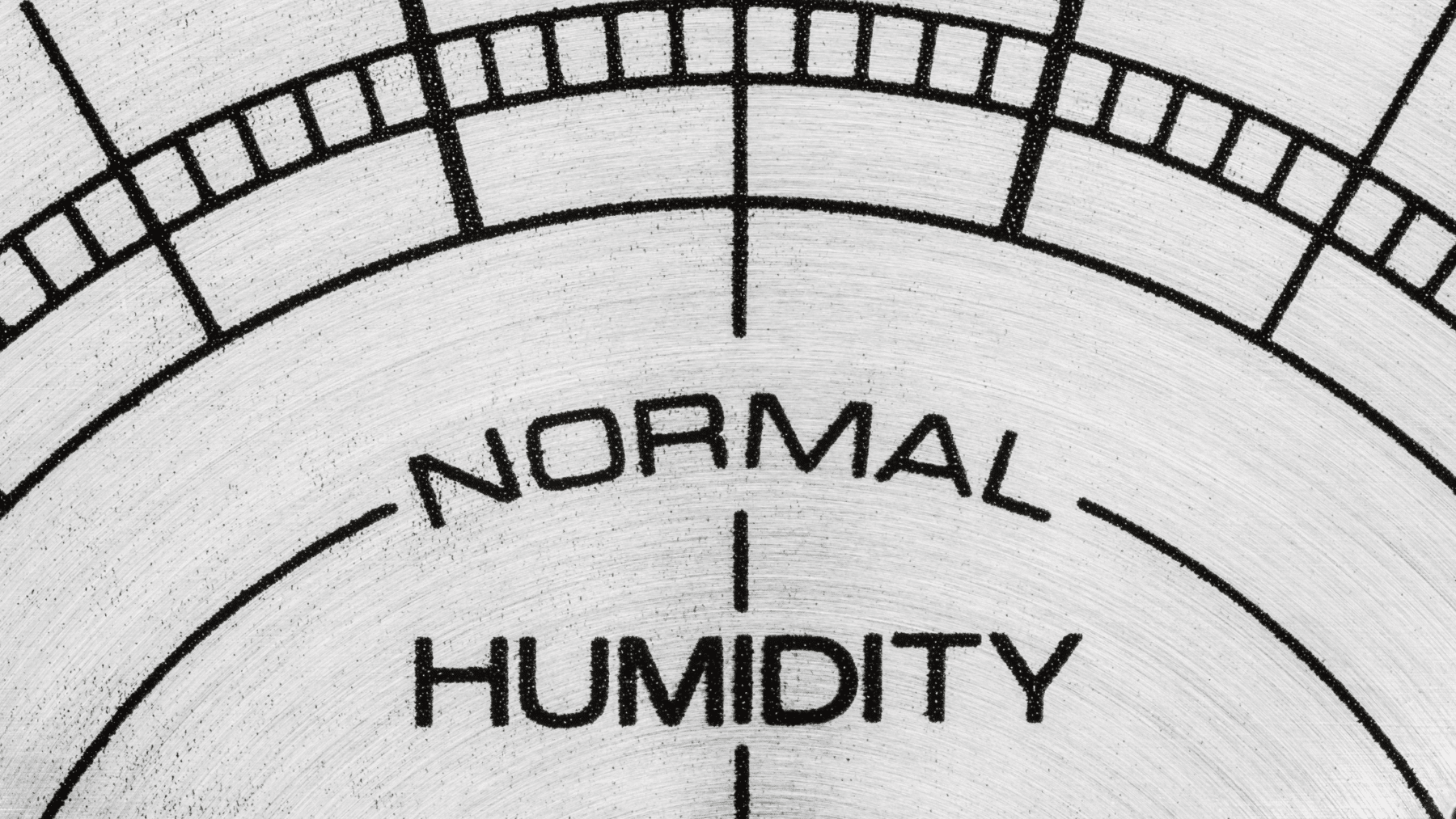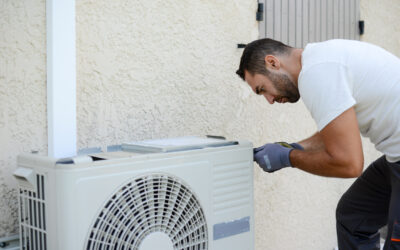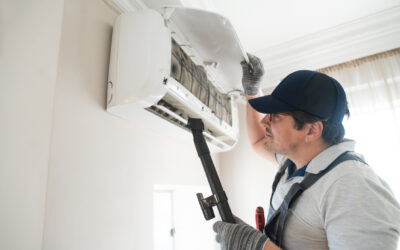Problems With Dry Air In Your Home?
When winter temps hit Hampton Roads, heaters click on and the natural moisture in your home’s air evaporates. A healthy range of humidity in your home’s air is between 35-50%. In the winter, when your HVAC system warms the air, it also absorbs the healthy moisture in the air. The air can become so dry that it causes problems to your family and home.
For the people living in your home, a removal of moisture in the air can cause many problems including: dry skin and dried out sinuses. Dry skin can be uncomfortable and cause itching, rashes, and chapped lips. Air in your home void of moisture can also dry out the mucus membranes in your sinuses. Dried out sinuses are not only uncomfortable, but they also indicate your body’s cold fighting ability is being compromised. In Hampton Roads winter and spring times are teeming with colds and sinus infections in part due to changes to air moisture. Family members who suffer from allergies or asthma may be particularly impacted by an increase of dry air quality.
For your home, drier air causes your home to feel colder and make your heating unit work harder. Whenever your HVAC system works harder, that means a more costly utility bill and more wear and tear on your heating system. Changes in the moisture in your home’s air can also impact wallpaper and furniture in your home. Wood is a material that is especially impacted by the moisture in the air. Wood tends to contract or expand based on changes in the air’s moisture – causing it to warp or crack. Wooden doors may not close as they used to or stick if moisture is lacking in your home’s air.
The best way to efficiently reincorporate an appropriate amount of moisture into your home’s air is by adding a whole home humidifier to your HVAC system.
What Is A Whole Home Humidifier
A whole home humidifier works with your current HVAC system to increase moisture into your home’s air when needed. How a whole home humidifier works is to increase moisture in your home’s air by having a fan blow over moisture from a water reservoir. The moisture blown from the fan is then incorporated into your home’s air through your heating and cooling system. There are different types of whole home humidifiers. Each type of whole home humidifiers have different elements (pending on the heating unit in your home) but generally function in the same fashion.
Because whole home humidifiers are incorporated with your HVAC system, the moisture in your home’s air can be controlled through a thermostat or a humidistat. By using your thermostat, you can manage the moisture in your home and even set your preferences to be adjusted automatically to your liking.
Installing And Maintaining A Whole Home Humidifier
While installing a whole home humidifier is not a DIY project, it is a simple process as whole home humidifiers integrate with your home’s HVAC system. Whole home humidifiers can be added to most existing HVAC systems or can be included when you upgrade to a new HVAC system.
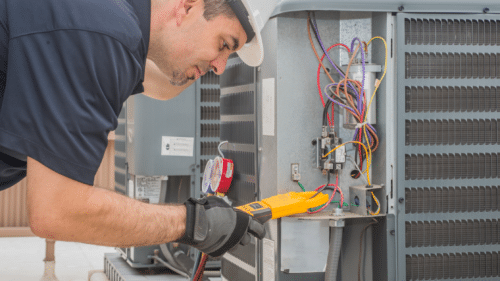
Maintenance of your whole home humidifier is minimal. When the cold temps of winter start to warm into spring, you can power off your whole home humidifier. As you no longer require heat to your home in the warmer season, your heater will cease to dry out the air in your home. Once your humidifier is turned off, you can drain it of moisture. Your expert service technician can maintain your whole humidifier as part of your regular HVAC tune-up appointment.
Benefits Of A Whole Home Humidifier
A whole home humidifier is an out of sight, out of mind add-on to your HVAC system. Unlike portable humidifiers, you will never have to take out, store, or move your whole home humidifier from room to room. You will also not need to clean a whole humidifier frequently nor beware of bacterial growth (as you do a portable humidifier).
Other Ways To Add Moisture to Your Home’s Dry Air
Prevent Dry Air By Insulating Your Home
Ensure you have ample insulation between walls and under your home’s roof to help prevent appropriate measures of moisture from escaping from your home’s air. Utilize weather strips and caulk around windows and doorways to reduce outside air from leaking into your home and temperature controlled air from leaving your home. Proper insulation will also help to stabilize your home’s internal temperature and reduce the workload on your heating and cooling system.
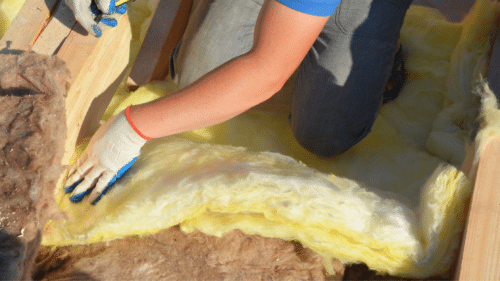
Cultivate Houseplants to Improve Air Quality
Plants are nature’s air purifiers. Thanks to their unique photosynthesis and conversion of carbon dioxide to oxygen, houseplants help naturally purify the air in your home. Houseplants can also help control the moisture in your home’s air.

Reduce Oven Usage & Air Dry Dishes To Prevent Increased Dry Air
Switch your cooking methods from using the oven to the stove top in colder winter months. Using the oven is more likely to dry out the air in your home while stove-top cooking does not.
Allow your dishes to air dry rather than force dry in the dishwasher. At the end of a dishwasher rinse cycle pull out the racks of clean dishes and allow them to air dry. As the dishes dry naturally, moisture will be added into your home’s air.

CALL THE EXPERTS
Contact Smith & Keene’s expert HVAC team today. Our team of trained local HVAC technicians can guide you in selecting the ideal whole home humidifier to maintain proper humidity levels in the air in your home.
Contact Us
When your system isn't working, IT'S TIME to contact the HVAC experts in Hampton Roads, Smith & Keene



